
International Canal Update
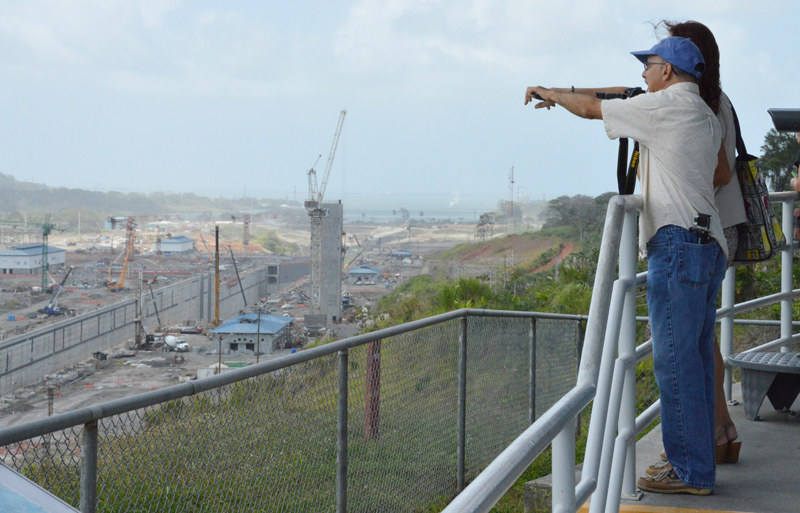
©2015Latitude 38 Media, LLC
There are dozens of sailors listed on Latitude 38‘s West Coast Circumnavigator’s List, but we’d guess that this prestigious roster would shrink by more than half if those cruisers hadn’t had the option of transiting the Panama and Suez Canals, rather than going around Cape Horn and the Cape of Good Hope.
It’s too soon to tell how this month’s opening of a new Suez Canal and the soon-to-be-completed new ‘lane’ of the Panama Canal will affect sailors, but the optimist inside us is hopeful that transits for private vessels may be easier than ever. Time will tell.
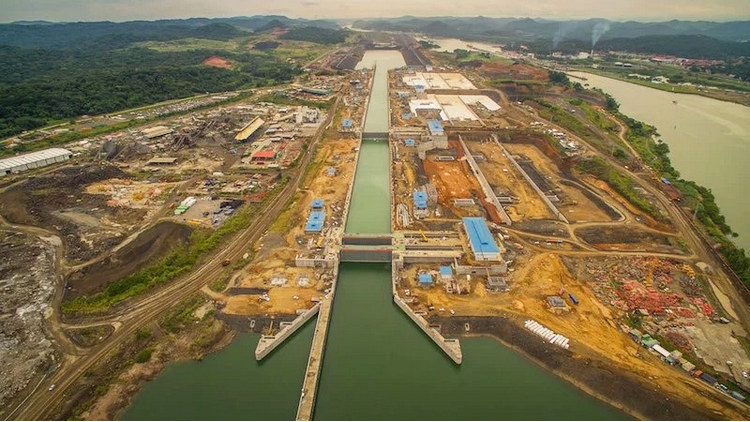
©2015Latitude 38 Media, LLC
Cutting a new ditch through the Egyptian desert was relatively easy — it took only a year — compared to constructing a third set of locks alongside the existing Panama Canal. The tiny Central American country’s $5 billion project, which has suffered work stoppages due to underfunding and a related legal battle, was on a fast track to completion in early 2016. But last Friday a substantial horizontal leak was discovered in the "sill" beneath one of the massive rolling lock gates on the Caribbean side, necessitating a complicated and expensive repair. So the opening date for the new locks may be pushed back again. (They were originally slated to open this summer, 100 years after the original canal was completed.)
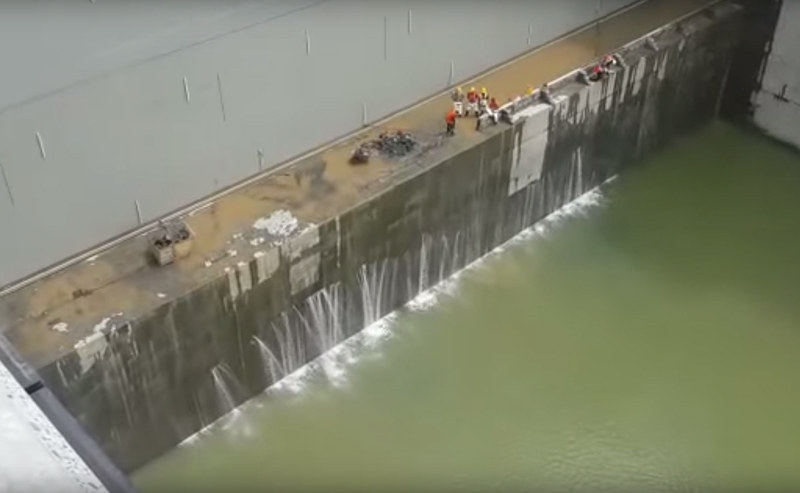
The new lane will be able to accommodate so-called New Panamax ships up to 1,200 feet long that can carry 13,000 containers (TEUs), as compared to the current 5,000-container capacity of existing Panamax ships, which have a max length of 965 feet.
According to the construction firm Salini Impregilo, a key partner in the massive project, it required the excavation of 50 million metric cubes of dirt and rock, the pouring of 5 million metric cubes of concrete (that’s 5 trillion liters!), and required the labor of more than 10,000 workers.
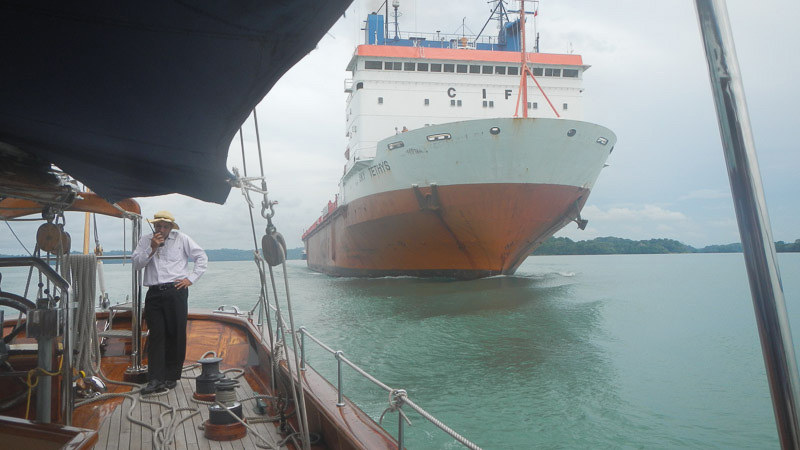
Meanwhile, 300 miles to the north in Nicaragua, a countrywide debate continues as to whether plans for a competing canal will ever take shape. Backed primarily by Chinese businessman Wang Jing, the $50 billion project was announced late last year, with a hopeful completion date of 2020. Spanning 170 miles — more than three times the length of the Panama Canal — the Nicaraguan canal would be the country’s largest infrastructure project ever.
According to a recent report by Bloomberg Business, excavation on the Pacific Coast is stated to begin this year, pending approval of an environmental impact report. Although this poor Central American country desperately needs economic stimulus, environmentalists as well as many citizens fear the ramifications of running international cargo ships through Lake Nicaragua, which is the country’s primary source of drinking water. Meanwhile, Jing’s Hong Kong-based HKND Group is reportedly looking for investors.
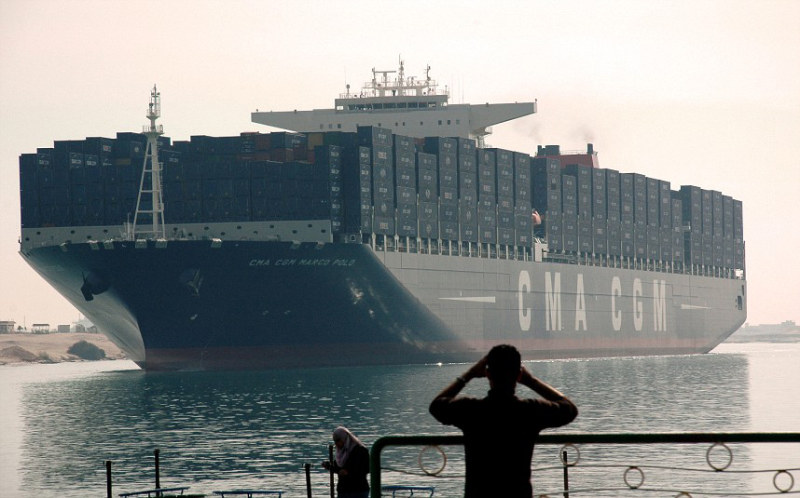
©2015Latitude 38 Media, LLC
